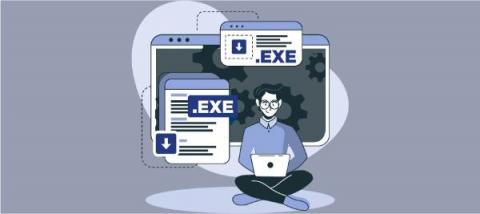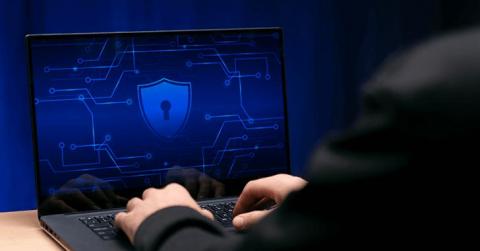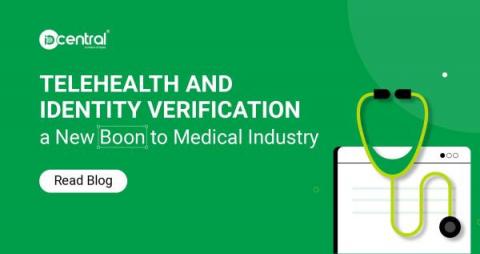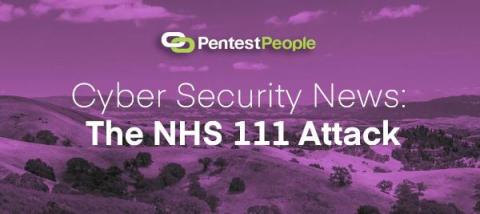CISO Interview Series: The thinking of a CISO at the front end of the cyber threat landscape.
What are the most important areas for a CISO to focus on? When speaking to Aman Sood, it becomes clear that the job of a CISO encompasses every aspect of a business. Aman is the Head of Cyber Security with Jimdo, a website building platform that helps small businesses start, grow, and ultimately thrive online. Aman is also the Cyber Security Group Chairman for ISITC Europe CIC, a non-profit industry body and a catalyst for collaborative innovation within the capital markets.











